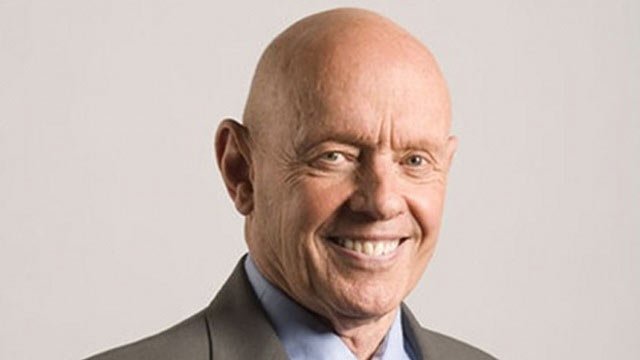Stephen Covey’s Talking Stick Story
“After I trained Indian chiefs who head up Indian nations in the United States and Canada, the chiefs gave me a beautiful gift – an intricately carved, five-foot-tall Talking Stick with the name Bald Eagle inscribed on it. The Talking Stick has played an integral part in Native American government for centuries. In fact, some of the Founding Fathers of the American Republic (particularly Benjamin Franklin) were educated in the ideas behind the Talking Stick by Native American chiefs of the Iroquois Federation. It is one of the most powerful communication tools I’ve ever seen, because, while it is tangible and physical, it embodies a concept that is powerfully synergistic. This Talking Stick represents how people with differences can come to understand one another through mutual respect, which then enables them to solve their differences and problems synergistically, or at the very least through compromise.
The Talking Stick Theory
Here’s the theory behind it. Whenever people meet together the Talking Stick is present. Only the person holding the Talking Stick is permitted to speak. As long as you have the Talking Stick, you alone may speak, until you are satisfied that you are understood. Others are not permitted to make their points, argue, agree or disagree. All they may do is attempt to understand you and then attempt to articulate that understanding. They may need to restate your point to make sure you feel understood, or you may just simply feel that they understand.
As soon as you feel understood, it is your obligation to pass the Talking Stick to the next person and then work to make him feel understood. As he makes his points, you have to listen, restate and empathize until he feels truly understood. This way, all of the parties involved take responsibility for one hundred percent of the communication, both speaking and listening. Once each of the parties feels understood, an amazing thing usually happens. Negative energy dissipates, contention evaporates, mutual respect grows, and people become creative. New ideas emerge. Third alternatives appear.
Remember, to understand does not mean to agree with. It just means to be able to see with the other person’s eyes, heart, mind and spirit. One of the deepest needs of the human soul is to be understood. Once that need is met, the personal focus can shift to interdependent problem solving. But if that very intense need for understanding is not met, ego battles take place. Turf issues arise. Defensive and protective communication is the order of the day. Sometimes contention, even violence can erupt.”
–Stephen R. Covey [The 8th Habit: From Effectiveness to Greatness] p. 197-198
